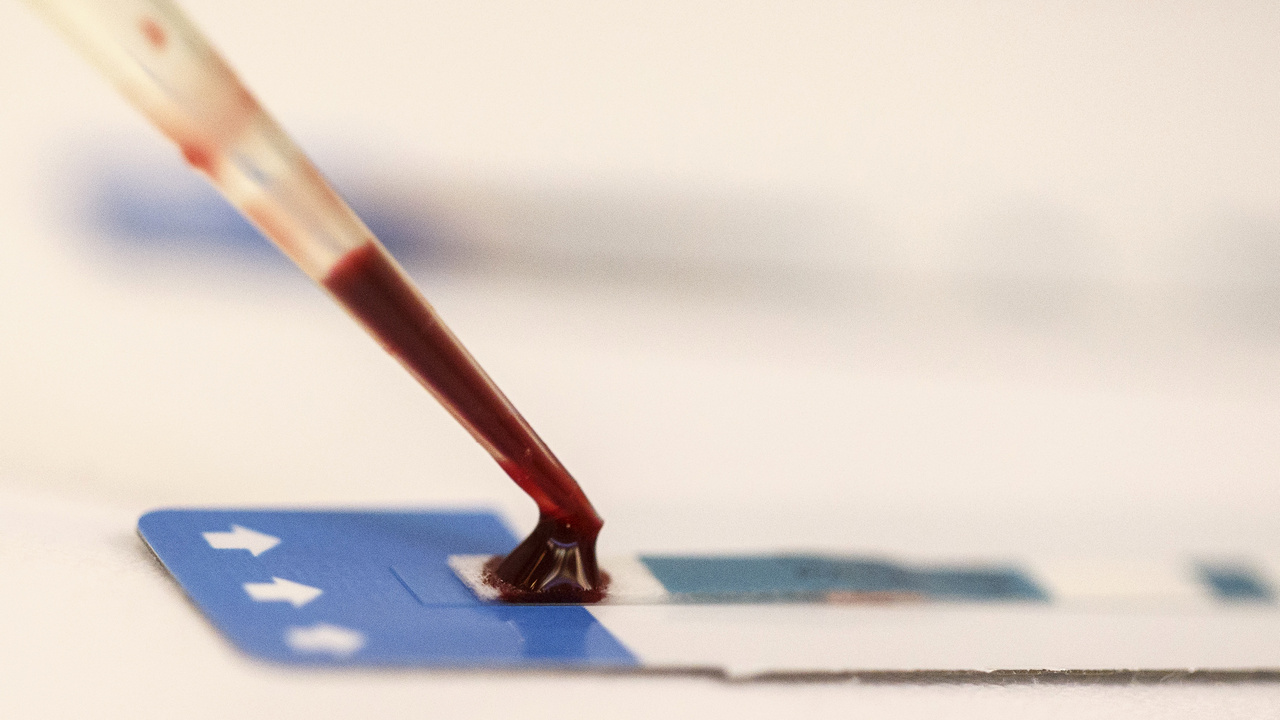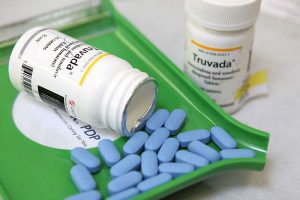
Before we begin this article, we would like to clear up some misconceptions about what HIV/AIDS is and is not. It can be difficult to understand how to prevent and treat something if you are unclear about how the virus works and what it actually is.
HIV or AIDS?
First, it is HIV that is the virus that will/can lead to AIDS. You cannot catch AIDS. AIDS is simply a set of symptoms that occur when a person’s T-cell (CD4) count falls below 200 and they can no longer fight off any disease. At this point
HIV is a virus, not a type of bacteria.
This means there is no cure the same way there is no cure for the flu or the common cold. Viruses must have a living host to multiply and live, which means that the HIV virus cannot live for more than a minute outside the body.
How is HIV spread?
It is believed that HIV began in apes or monkeys in Africa about 100 years ago. The virus mutated until it was able to cross over and infect humans. Over the years, the virus traveled with humans until it reached Haiti in the early 1960s. By the late 1970s, it had spread to the US and other countries.
This virus is spread only through contact with infected body fluids, such as semen, blood, vaginal secretions, rectal mucus, breast milk, and even pre-ejaculate. One of these fluids from an infected person must come into contact with another person’s mucous membrane, through a cut or injury, or into the bloodstream, such as using a needle.
Needles shared by drug users and unprotected sex are the most common ways that his disease can be spread. You cannot contract HIV from casual contact.
One of the problems here is that testing clinics, particularly in rural areas, often just offer basic health tests (e.g. blood pressure). In this case, partners might be not aware of their HIV status and therefore are at risk. People who are unknown to each other can easily transmit a blood borne disease to each other.
Prevention
Although HIV is not curable, prevention may help avoid HIV transmission. You can avoid spreading the disease and prevent getting it by the following tips:
- Always practice safe sex every single time
- Always use a clean condom
- Never share needles with anyone
- If you become pregnant, seek medical attention immediately
- Don’t breastfeed if you think you might have HIV
- Always use plastic wrap or dams while having oral sex
HIV vaccines
HIV vaccine is a method of preventing HIV infection that utilizes living viruses to produce the protective antibodies to which HIV is susceptible. HIV vaccine induces the body’s immune system to produce an antibody called pre-exposure prophylaxis (PrEP), which limits exposure to HIV during sexual and injection-drug usage.
Currently, there are two HIV vaccines in human trials. While two major weaknesses of these vaccines are known, there has been little research on the effectiveness of these vaccines. Therefore, these vaccines remain a long way from reaching the market.
Researchers at the CDC, through vaccine testing, have confirmed that HIV vaccine has serious side effects.
Are there any treatments for HIV?
While there is still no cure, there are several treatments for HIV:
- Antiviral Drugs – ART (antiretroviral therapy) involves taking several different types of drugs to prevent HIV from replicating itself inside the body, as well as to prevent the virus from infecting your protective T-cells. These drugs must be taken for the rest of a person’s life unless a cure is found.
- Self-Care – HIV patients should take good care of their bodies to avoid becoming rundown and lower their immune system. Getting plenty of rest, fresh air, some exercise, eating right, avoid smoking, excessive drinking, or stress are all simple ways to help the body stay strong.
- Keep Up Social Contacts- Studies have found that those who make and keep social interactions with friends, co-workers, family members, and /support groups have longer, healthier, happier lives than those who brood alone.
Once again, there is no cure for HIV. Since early 2011, the Food and Drug Administration has approved two drugs to treat HIV: The first, Abacavir, which can be taken for a year. The second is Truvada, which is taken twice a week for a year.
The short-term use of these drugs, along with ongoing testing, is considered highly effective. They also decrease the risk of a child contracting HIV by 40% compared to those without coverage.
The longer-term goal is to develop drugs for the treatment of HIV-positive adults. The problem is that they haven’t been developed yet. For now, you must take antiretroviral medications, which help keep the HIV virus in check, but without drugs, it’s impossible to prevent transmission of HIV.
Is it possible to cure HIV/AIDS forever?
Antiretroviral therapy (ART) is a treatment for HIV that should be started as soon as reasonable after a detection. Three distinct HIV medications from at least three different pharmacological classes are included in ART. This could imply that you take various medicines during the day.
Some people find it difficult to take all of these medications, especially if they suffer from substance use or mental health issues. Others become resistant to these medications. That indicates that the virus adapts and the medication no longer controls it.
The eLife journal has just published a study that offers a sense of hope for HIV therapy. According to research, carefully formulated combinations of broadly neutralizing antibodies, or bNAbs, may aid in the treatment of HIV whilst also reducing the possibility that the virus would evolve to “avoid” medicine.
Other possible strategies in permanent HIV treatment include gene editing and stem cell transplantation.


